This article is part of our DNDi: Medicine Makers Without Borders series. Read the entire feature on our website or tune in to the accompanying podcast for more.
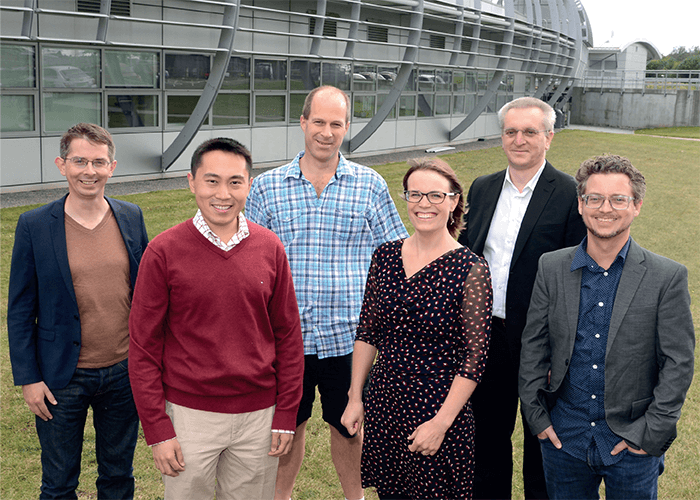
For well over a dozen years, DNDi has been promiscuous in its public and private partnerships. But when lockdown came, a pandemic partnership saw them shoot for the moon. The COVID Moonshot is a collaborative, IP-free project born on Twitter that is racing to identify SARS-CoV-2 inflection-blocking molecules and produce accessible medicines. Alpha Lee of the University of Cambridge notes that the Moonshot’s early efforts – focused on repurposing existing small molecule drugs and rapidly developing monoclonal antibodies – have now shifted to developing new antiviral therapeutics in light of the likely persistence of COVID-19 as a global threat.
Across DNDi: Medicine Makers Without Borders and in other written articles, The Medicine Maker has bumped up against the COVID Moonshot several times. Here, we compile snippets from our coverage to give you a multi-angled view of the story. (Hold the paper or screen at the right angle, and perhaps you’ll glimpse the dark side of the moon.)
“The convergence and rise of AI, computing power, and data availability has helped bring about projects like the COVID Moonshot crowdsourcing initiative. UCB brought algorithms and approaches to the Moonshot that we had already developed in our computer-aided drug design group.
The Moonshot has been exciting for all concerned. They have the output from 2020 and are approaching the candidate stage. And I really hope we see some great results. For UCB, the COVID Moonshot has helped us see directly how rapid access to large-scale computing capabilities can really transform medicines discovery.”
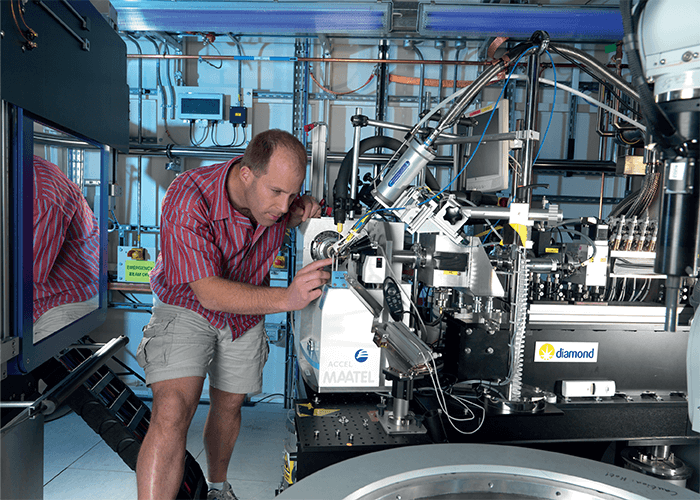
“Just as the COVID-19 pandemic kicked off, I attended a conference in the US where I met a contact who told me they were putting together a consortium made of academics and various companies, including a Ukrainian company called Enamine, to work on drug discovery against SARS-CoV-2.
This endeavor was the COVID Moonshot. MedChemica also got involved; we were working to produce a safe and effective direct-to-generic drug that could be used to treat anyone in the world with COVID-19 without the impediments of patent licenses and intellectual property. We’ve worked on the project for two years straight, and the tragedy here is that the week of the Russian invasion was supposed to be our last big new compound synthesis week. We were due to hit one of our key milestones, and nominate our first three candidates for progressing towards human trials.
Our colleagues at Enamine were the backbone of the work that brought us to this point, but it’s now a moment of celebration they cannot share with us – and that feels awful.
The COVID Moonshot is a transnational, cross-cultural project. As colleagues, we have our differences and may work in different ways, but we share the same common values and objectives. Much of that is down to the simple fact that we’re trained as scientists. But, beyond that, I believe that there are more commonalities than differences between all people. In projects like the COVID Moonshot, I believe we can see the really positive side of globalization in action. I believe it shows we can achieve more through cooperation than isolation.”
“In a recent publication, a Japanese company called Shionogi – one of the big players in infectious disease – announced that they have an absolutely phenomenal molecule for COVID-19 that is currently finishing phase III trials. It looks like it’s not only going to be approved, but may well go on to become the best molecule available in the fight against COVID-19.
In that publication, which is peer-reviewed and public domain, they clearly cite that they used the IP-free data published by the COVID Moonshot back in March 2020 to help identify their molecule. And that was one of the Moonshot’s intentions as an open science project: to catalyze closed science projects. It’s a very clear example of what the open science model can do.”
Listen to the full conversation
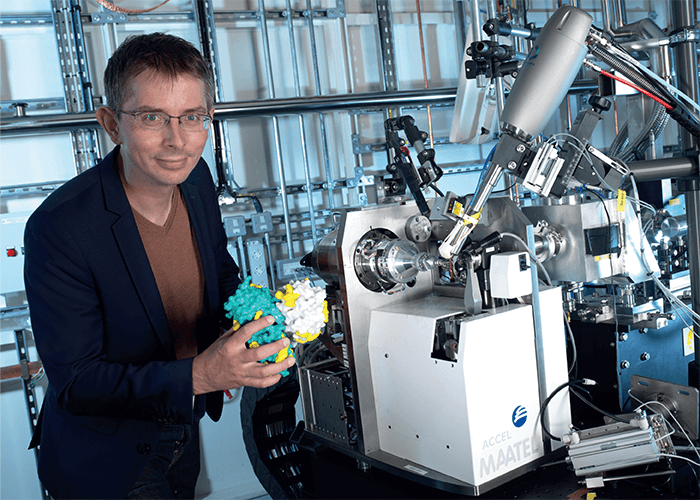
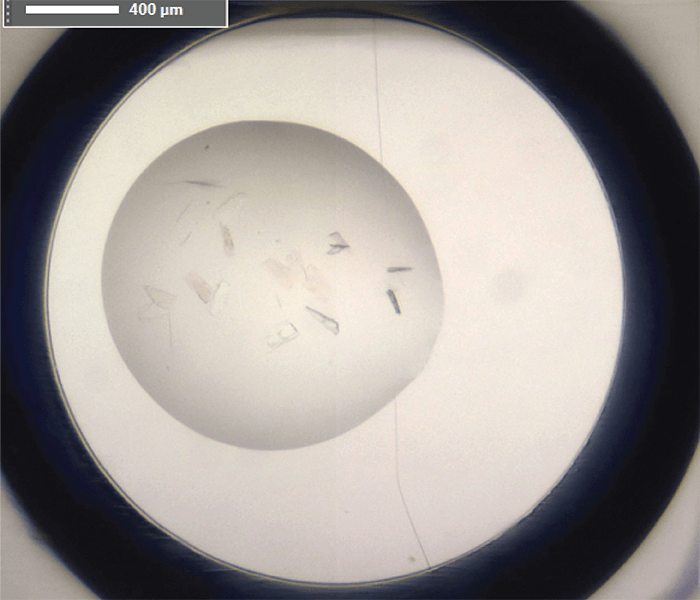
What is the origin of the Moonshot?
The COVID Moonshot started back in March 2020, when the Weizmann Institute of Science released a very beautiful study of the crystal structures of the main protease of COVID-19. Think of that main protease as a molecular machine or molecular chopping board that helps the virus replicate. They released that crystal structure along with small pieces of molecules that stick to the “chopping board.”
This was a really enticing scientific discovery because these small pieces of molecules can be joined up to form a bigger molecule that is able to actually shut that molecular machine down. In short, it’s a way to block COVID-19 infections.
At that time, I was in the US starting a company called Postera. At Postera, we saw that beautiful data and we thought, “why not start a project using machine learning and AI to actually turn these small pieces of molecules into a full blown drug?”
And that was the impetus behind the COVID Moonshot. We wanted other like minded people involved, and wanted it done in an open science manner. We wanted it to become a platform to crowdsource ideas on how to turn these small pieces of molecules into a bigger, final drug. Within the first two weeks after launching that platform, we received thousands of submissions!
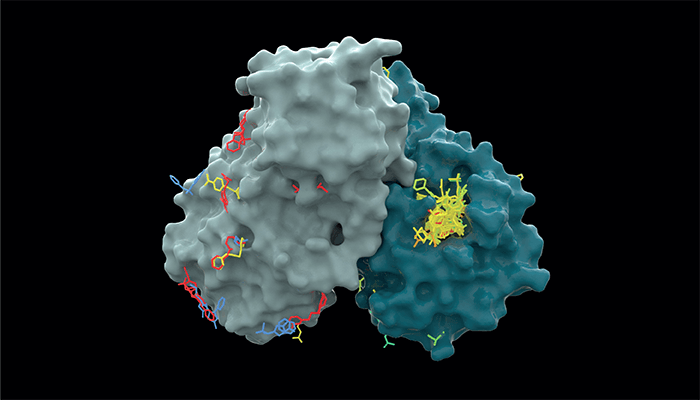
What’s the biggest challenge you’ve faced?
The open science model surprised us a lot, in both good and bad ways. At first we wondered: will it work? Since then we’ve found that the concerns we initially raised can be overcome and addressed using a very detailed strategy, which DNDi is currently setting up for us.
Venture capital is a mainstay of bioscience, but I think it would be societally beneficial for this form of funding to be marshaled into disease – which has a commercial return – and then reserve goodwill and any philanthropic capital for indications with both an acute need and a market failure. This would absolutely apply in the case of existential risks to society like the COVID-19 pandemic, and also the neglected diseases which DNDi has worked so hard to address. I think these are areas where open science can really help fill in the gaps that so much of the market has left behind.




